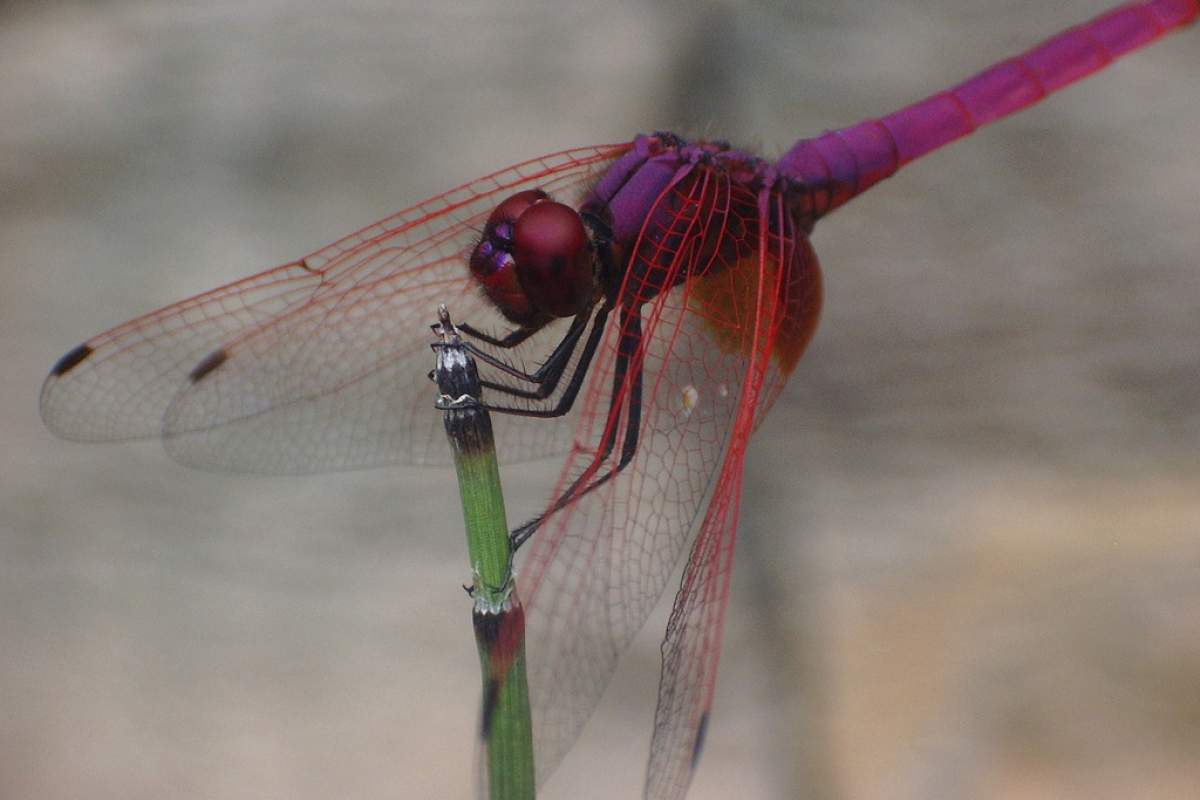
Once upon a time, hundreds of millions of years ago, many insects were much larger than they are today. Scientists have found fossilized remains of dragonflies with wingspans several feet in diameter.
Big Bugs!
Other insects were equally monstrous due largely to the abundance of oxygen in the atmosphere.
Oxygen is the fuel that powers insects' flight muscles. So the more oxygen in the atmosphere, the larger insects tend to grow. Hundreds of millions of years ago, oxygen made up around 30% of the earth's atmosphere, compared to about 20% today.
But around 150 million years ago, even though oxygen saturated the atmosphere, giant insects began to disappear. Why? Scientists suspect it was due mainly to the evolution of insect-eating birds.
Bird like creatures existed earlier, but their ability to fly and maneuver was limited. Their offspring eventually evolved smaller tails, specialized wing bones, and larger breast bones.
Flying Birds
These changes, which gave birds greater facility for flight, made them more effective predators. It's not difficult to imagine that they feasted on giant insects.
That's one theory, at least. Another holds that rather than eat giant insects, prehistoric birds simply out competed them. Both birds and giant insects ate smaller insects that existed alongside their super-sized cousins. Evolution may have enabled birds not only to dine on giant insects but also to consume smaller insects and deplete their competitors' food source.
Read More:
- Â Ancient Birds Wiped Out Huge Insects (Science News)









